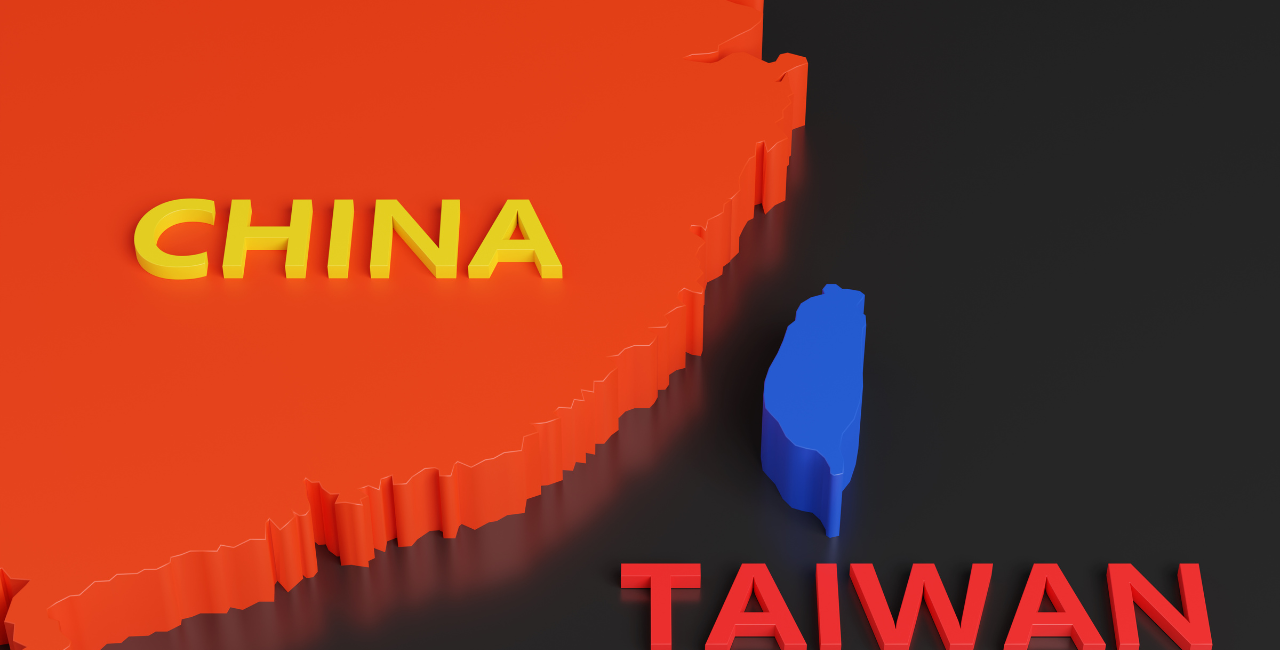Introduction
The ongoing military maneuvers by the People’s Republic of China (PRC) around Taiwan have raised alarms regarding regional security and stability. Recently, Taiwan’s Ministry of National Defence (MND) reported the detection of 20 Chinese military aircraft and 10 naval vessels in close proximity to its territory. This significant military activity underscores the increasing tensions and the complexities surrounding Taiwan’s defense strategies in the face of potential aggression.
Increased Military Activity in the Taiwan Strait

From 6 AM local time on Thursday to 6 AM the following day, Taiwan’s MND observed a notable uptick in military incursions. Of the 20 Chinese military aircraft detected, 13 crossed the median line of the Taiwan Strait, entering Taiwan’s northern and southwestern Air Defense Identification Zone (ADIZ). Such incursions have become a frequent occurrence, reflecting China’s assertive posture in the region.
Taiwan responded promptly by deploying its own aircraft and naval vessels, as well as activating coastal missile systems to monitor and deter further PLA activities. This pattern of response illustrates Taiwan’s commitment to safeguarding its airspace and maritime borders.
Understanding Gray Zone Tactics
Since September 2020, China has increasingly utilized gray zone tactics, which involve a series of actions aimed at achieving strategic objectives without outright military confrontation. These tactics include the deployment of military assets just short of war, aimed at intimidating or coercing Taiwan while maintaining plausible deniability.
Taiwan’s Sovereignty and Political Stance

The political rhetoric surrounding Taiwan’s status continues to intensify. President William Lai has firmly stated that China cannot be regarded as the “Motherland” of the people of Taiwan. This assertion reinforces Taiwan’s long-held view of its sovereignty, rooted in historical context and contemporary realities.
During his speech at the Double Ten National Day gala, President Lai articulated a vision of Taiwanese identity distinct from that of the PRC. He emphasized that the Republic of China (ROC) predates the PRC, positioning it as a legitimate entity with its own heritage and governance.
The Role of International Relations

Taiwan’s defense posture is further influenced by its relationships with other nations, particularly the United States, which has been a vocal supporter of Taiwan’s self-defense capabilities. The strategic partnerships and arms sales facilitate Taiwan’s ability to counteract Chinese military aggression, contributing to the broader geopolitical dynamics in the Asia-Pacific region.
Conclusion
The heightened military activity by the PLA around Taiwan signals a challenging security environment. Taiwan’s response, characterized by vigilant monitoring and a robust defense strategy, reflects its determination to protect its sovereignty. As the region continues to grapple with these tensions, the international community watches closely, aware that the implications extend beyond Taiwan to global stability.
In summary, Taiwan remains steadfast in its commitment to safeguarding its territory, while navigating the complexities of its historical and contemporary political landscape. The evolving military dynamics in the Taiwan Strait necessitate ongoing vigilance and strategic planning to ensure the island’s defense and the preservation of peace in the region.

